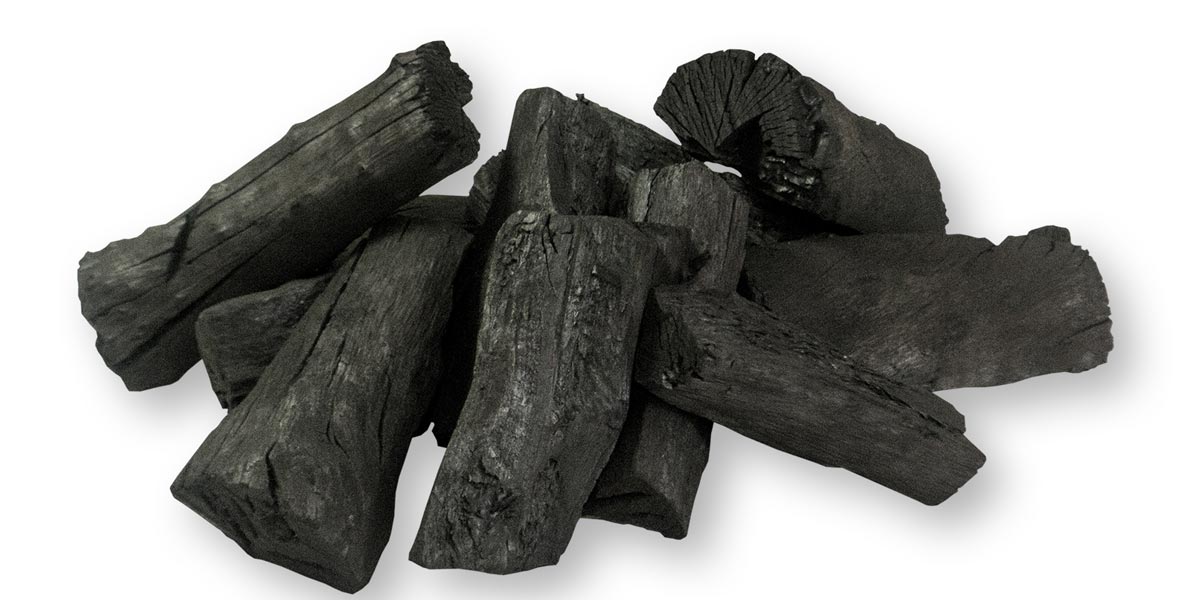Activated Carbon has an inbuilt high surface area structures. A gram of activated carbon may have a surface area in excess of 500 m2. Because the individual particles of activated carbon are convoluted they display various kinds of porosity which is conducive for adsorption. As Activated Carbon adsorbs iodine well, the iodine capacity (mg/g) is normally used as an indication of the total surface area. Iodine number is a measure of activity level and a fundamental parameter to denote activated carbon performance - higher the Iodine number higher the degree of activation). To increase the adsorptive capacity, various chemicals are applied to the Activated Carbon - this process is called as chemisorption.

The application of activated carbon in industries varies from air filters, food de/coloring, gas purification, gold purification, metal extraction, metal finishing, medicaine, fabrics, nuclear power plants, recycling solvents, etc. Hence the need to produce activated carbon with different properties has become very important resulting in manufacturing activated carbon with specific sized molecules and specific chemical characteristics.
Powdered activated carbon (PAC)

PAC is fine activated carbon material. PAC is manufactured by crushing or grinding carbon particles, 95–100% of which will pass through a 80-mesh sieve (0.177mm or smaller) as per ASTM standard. It is not advisable to use PAC in a dedicated vessel due to the possibility of high head loss. PAC is generally added directly to pocess units, such as raw water intakes, rapid mix basins, clarifiers, and gravity filters.
Granular activated carbon (GAC)
Granular activated carbon (GAC) has larger particle size when compared to PAC and therefore provides a smaller external surface. GAC is suitable for absorption of gases and vapors as they diffuse at high speed. Granulated carbons are used for water treatment, deodorization and separation of components in a flow system and is also used in rapid mix basins. GAC can be either in granular or extruded form. GAC is designated by sizes such as 8×20, 20×40, or 8×30 for liquid phase applications and 4×6, 4×8 or 4×10 for vapor phase applications. A 20×40 carbon is made of particles that will pass through a U.S. Standard Mesh Size No. 20 sieve (0.84 mm) (generally specified as 85% passing) but be retained on a U.S. Standard Mesh Size No. 40 sieve (0.42 mm) (generally specified as 95% retained). The most popular aqueous phase carbons are the 12×40 and 8×30 sizes because they have a good balance of size, surface area, and head loss characteristics.